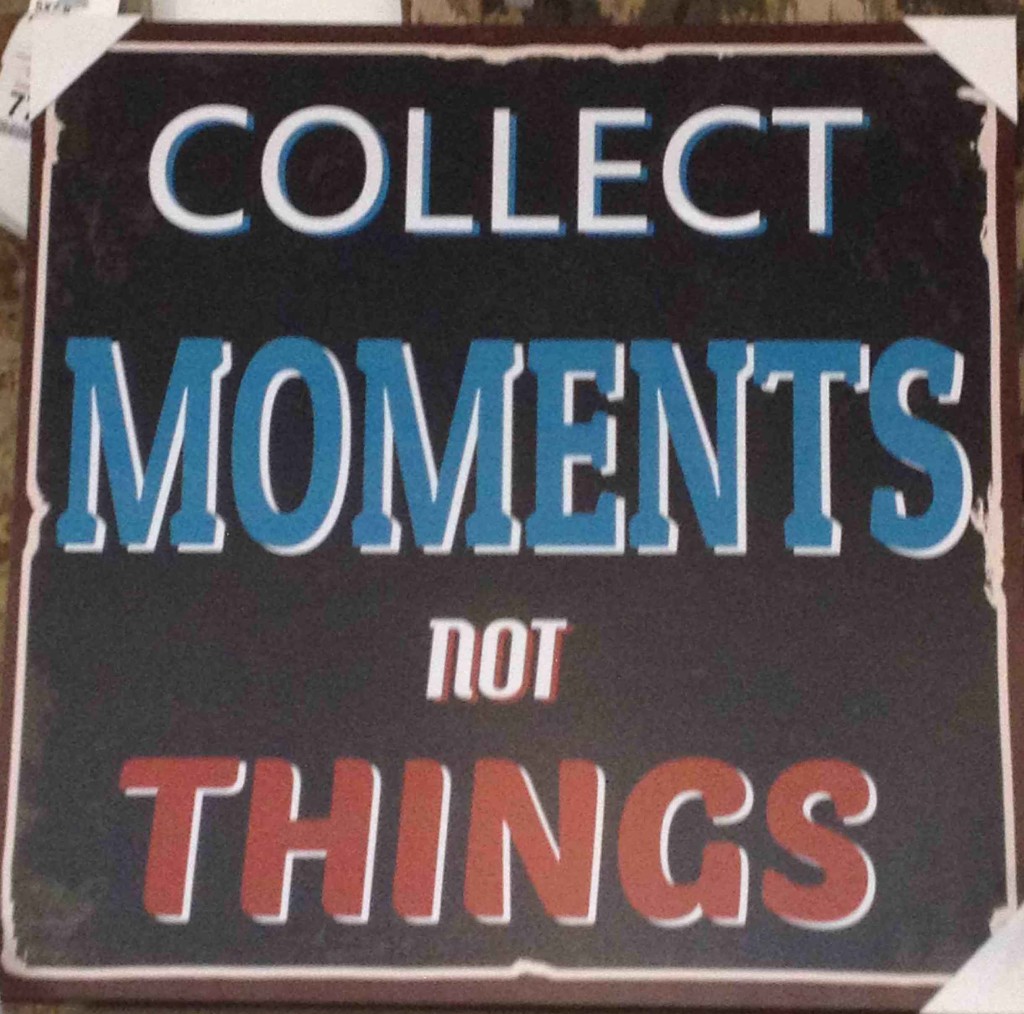 As a kid in the 1970s and ‘80s, I was a big-time collector. I went through stamp, coin, and beer can phases, but my biggest passion was sports memorabilia.
As a kid in the 1970s and ‘80s, I was a big-time collector. I went through stamp, coin, and beer can phases, but my biggest passion was sports memorabilia.
I started with baseball cards and graduated to autographs. One summer when I was 14, I wrote to every living member of the Baseball Hall of Fame. This being 1984, before the autograph market exploded, most of the baseball legends sent my items back signed. (I knew to always include a self-addressed stamped envelope.)
There were many positives to plowing a good chunk of my lawn mowing money into sports memorabilia. I learned at a young age the value of my work and how that translated into consumer goods. I was forever organizing baseball cards, either alphabetically or by number, and that improved my math and reading skills. Because I looked at all those faces over and over, I’m convinced that’s why I’ve always been good at remembering names and faces.
My obsession with sports memorabilia collecting, coupled with my passion for sports, gave me a head start on my career. I knew exactly what I wanted to do on the first day of college and I graduated with a job as a baseball writer for USA Today, which was years beyond an entry-level gig. In my twenties I wrote two books on the sports memorabilia industry.
Perhaps collecting was in my blood. Dad collected Lionel trains and Hummel figurines. Mom had record albums and sheet music.
But collecting, whether sports memorabilia or anything else, has a downside. It produces a mindset that everything has value and that you should continue accumulating until you have the definitive collection. You spend a disproportionate share of your time on collecting stuff rather than doing things.
Eventually you lose interest or no longer have space and must dispose of the stuff. That’s when you realize how much – or rather, how little – your prized collection is worth.
People don’t collect like they did a generation ago and on one level that’s good. No longer do they fill their homes with collectibles and knickknacks. Our society is more fast-paced, or at least digitally obsessed, and people are less likely to spend an afternoon tinkering with Lionel trains or organizing baseball cards.
If nothing else, hopefully people have learned a lesson from the crash of the sports card industry in the 1990s and the implosion of the market for beanie babies around the turn of the century. When items are mass-produced and marketed as can’t-miss investments, they’re unlikely to have lasting value.
These days the motto for many folks is to collect experiences, not things. Experiences produce more lasting, personal memories and don’t take up space.
I sold the bulk of my sports memorabilia collection last year. Selling a collection is almost as time consuming as accumulating it and the best way to do it, if possible, is to dispose of it at once. No matter how realistic you are about its value, it’s worth less.
Dad recently asked me to help sell his Lionel trains collection. I have fond memories of our basement train layouts but have neither the space nor the time to put together a similar display in our home. Since Lionel train collectors are an aging demographic – Dad is 77 – I’m unlikely to find a buyer under 65. Unfortunately, most train collectors are downsizing themselves.
My sons already have gone through several brief collecting phases: Thomas the Tank Engine wooden trains, Legos, and Magic the Gathering cards. None have taken hold and perhaps that’s a good thing.
For unlike Dad, who played with Lionel trains as a way to de-stress from work or how my involvement with sports memorabilia served as career training, collections today don’t seem to provide much value in our digital world.
Today, for better or for worse, they’re just clutter.
